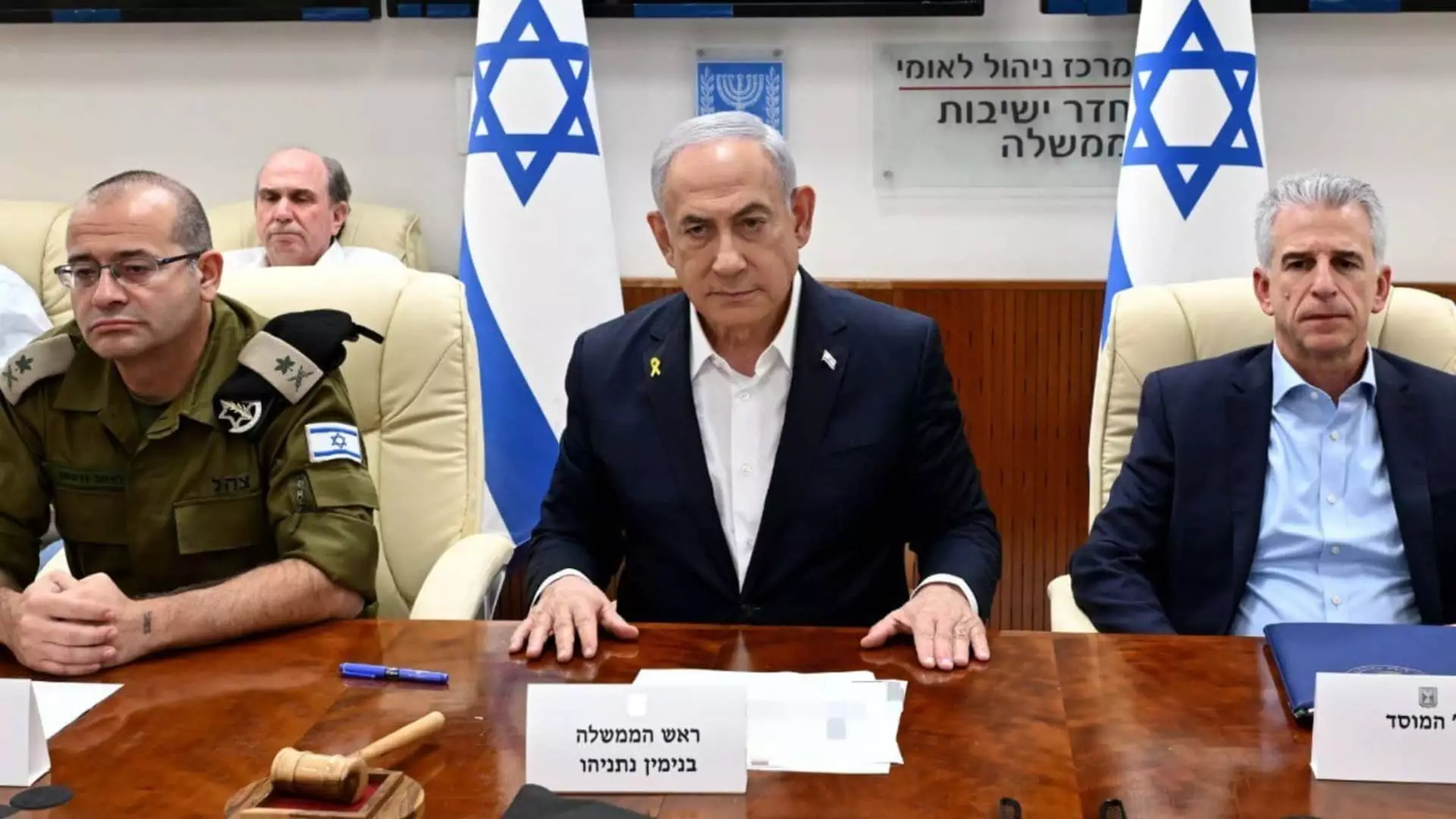The ongoing conflict between Israel and Iran has taken yet another dangerous turn following airstrikes launched by Israel targeting what it claims are military facilities in Iran. This military action, which occurred on Saturday, follows a ballistic missile attack from Iran on Israel on October 1, 2023. As the Middle East stands on the precipice of potential regional war, the situation is becoming increasingly dire and complex, prompting serious concern from the international community. With both sides seemingly locking into a cycle of retaliation, it is vital to dissect the implications of these escalations and their potential fallout.
Israel’s decision to carry out airstrikes in Iran reflects the escalating nature of the conflict that began with the initial Hamas attack on October 7, 2023, which left approximately 1,200 Israelis dead. This move is seen not only as a retaliation against Iran’s missile assaults but also as a statement of Israel’s strategic military posture in the region. According to Israeli military spokesperson Rear Adm. Daniel Hagari, Israel’s actions are framed as a legitimate response to acts of aggression by Iran and its proxies.
The reality captured through eyewitness accounts and reports from Iranian state media suggests that at least seven explosions were reported in Tehran, with defensive measures indicating that Iran took immediate action to counter these airstrikes. This tit-for-tat dialogue underscores the historical animosity that has defined Iran-Israel relations since the 1979 Islamic Revolution, establishing a pattern of shadow warfare, covert operations, and direct military engagement.
The international ramifications of this conflict cannot be understated, particularly as U.S. Secretary of State Antony Blinken recently wrapped up a diplomatic tour of the Middle East. The U.S. administration’s warnings to Israel aimed at limiting the scope of its military responses underscore the precarious state of global politics amid escalating regional tensions. The U.S. was reportedly informed beforehand about the strikes, but officials stressed that Washington was not involved in the military operation.
As nations and global powers grapple with the realities on the ground, the specter of broader conflict emerges. The U.N. has already highlighted the humanitarian crisis unfolding in Gaza, where casualties continue to rise dramatically. Locally, the impact of Israel’s incursions is devastating, with Palestinian civilians bearing the brunt of military operations while humanitarian conditions deteriorate further due to blockades and limited access to essential resources.
As military engagements continue, the human cost mounts. According to local health officials, over 42,000 Palestinians have died in Gaza since the beginning of the hostilities—a grim figure that not only reflects the intensity of the conflict but also raises ethical questions about warfare’s impact on civilian populations. The situation in Gaza is dire, with many people trapped and lacking food, medical aid, and adequate shelter as Israeli forces tighten their grip.
Recent Israeli airstrikes have also killed numerous civilians in Lebanon while sparking fears of further escalation as regional allies are drawn into the conflict. Humanitarian organizations are sounding the alarm as they witness the catastrophic conditions developing within Gaza and beyond, illustrating a growing need for a ceasefire and renewed diplomatic action.
Israel and Iran’s complicated relationship has been shaped by decades of mutual hostility, revealing various layers of geopolitical strategies. The ongoing struggle against perceived existential threats sees Israel conducting targeted operations against Iranian nuclear facilities, while Iran supports militant groups like Hezbollah, contributing to the cycle of violence. This cycle has entrenched themselves in regional geopolitics, leading to open hostilities and covert operations that have, at times, overlooked the collateral damage inflicted on civilian populations.
Both countries have a vested interest in projecting strength, which often results in a pattern of retaliation rather than resolution. Actions taken in recent weeks signal a potential pivot in the conflict, escalating it from discrete operations to open warfare, highlighting the pressing need for comprehensive diplomatic solutions that address not only peace between nations but also the humanitarian repercussions of ongoing violence.
As Israel continues its offensive against Iran and its proxies, the call for immediate de-escalation and a reevaluation of military strategies becomes increasingly urgent. The complex web of alliances, hostilities, and humanitarian crises emphasizes the necessity for robust diplomatic efforts directed at conflict resolution. The implications of this conflict stretch far beyond national borders, serving as a reminder of the interconnectedness of regional stability and global peace efforts that must be prioritized in the face of an escalating and emotionally charged conflict.

Leave a Reply